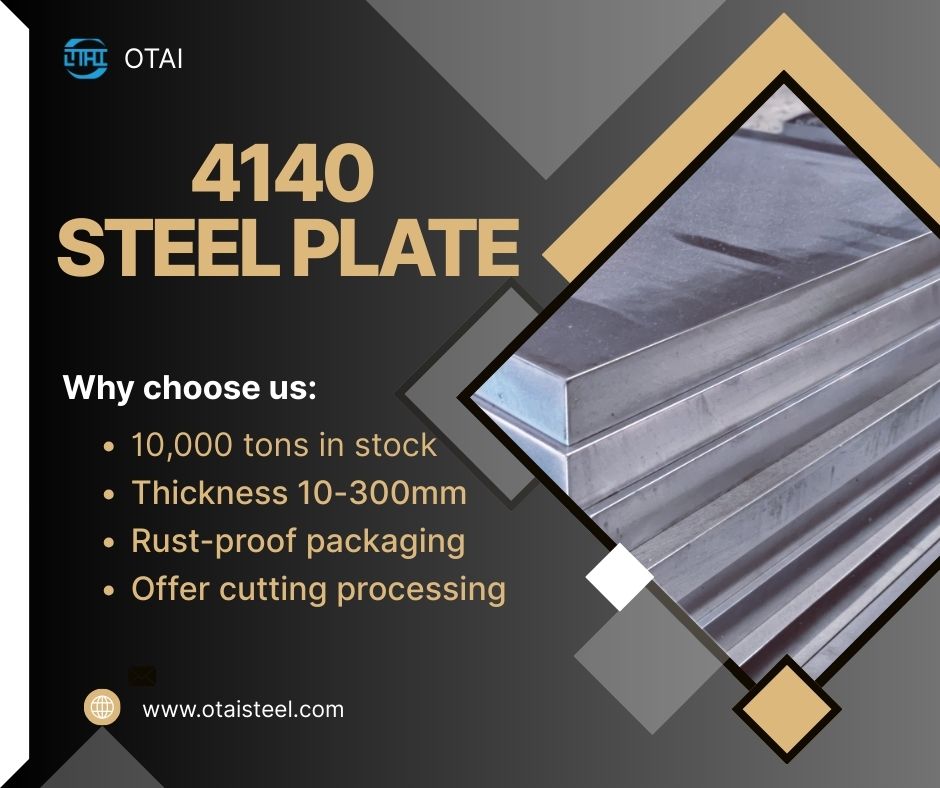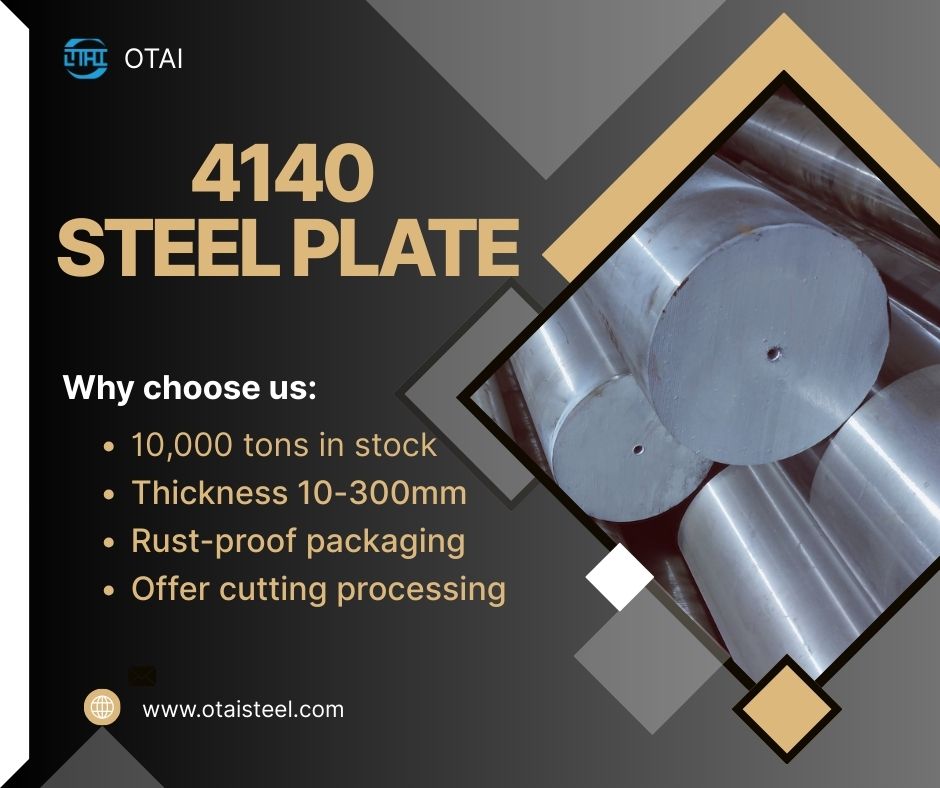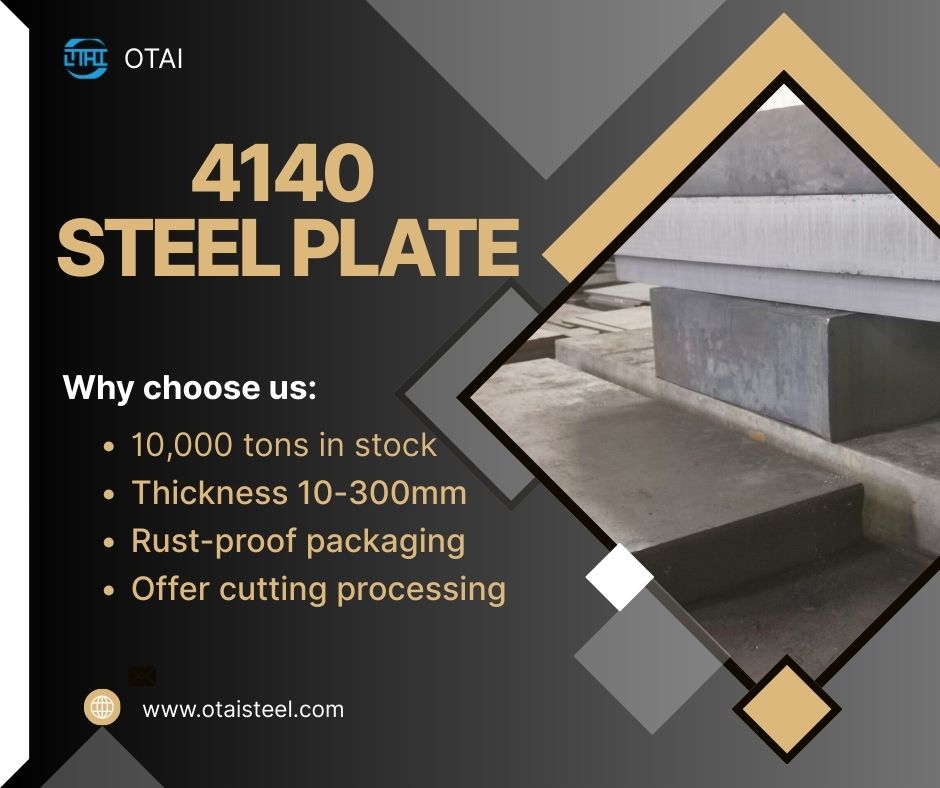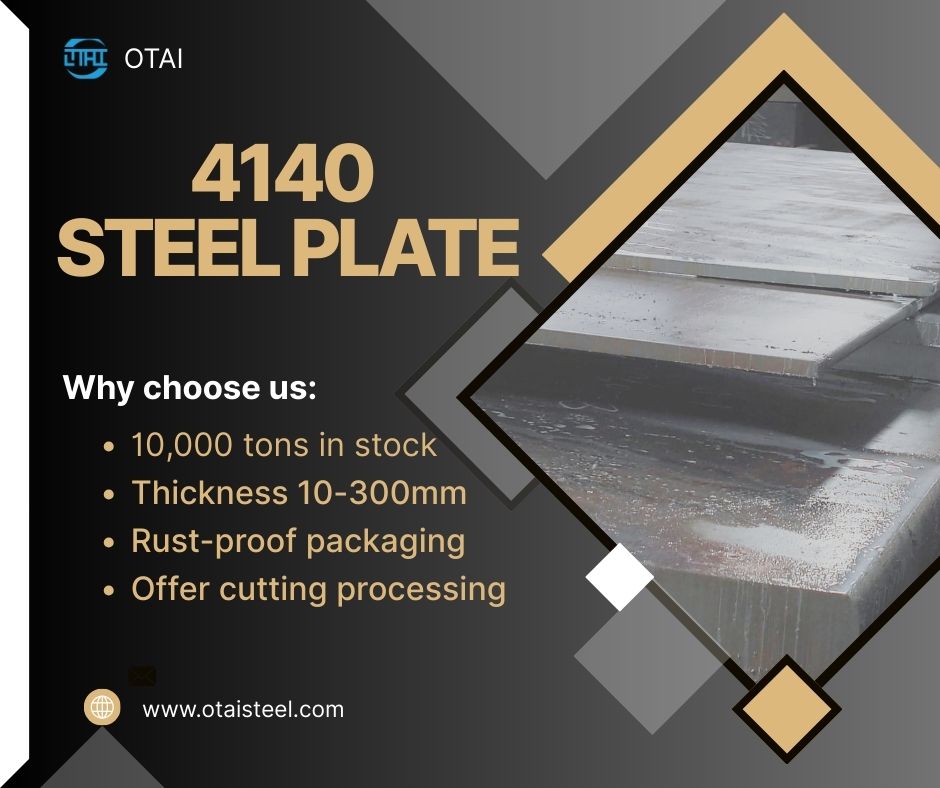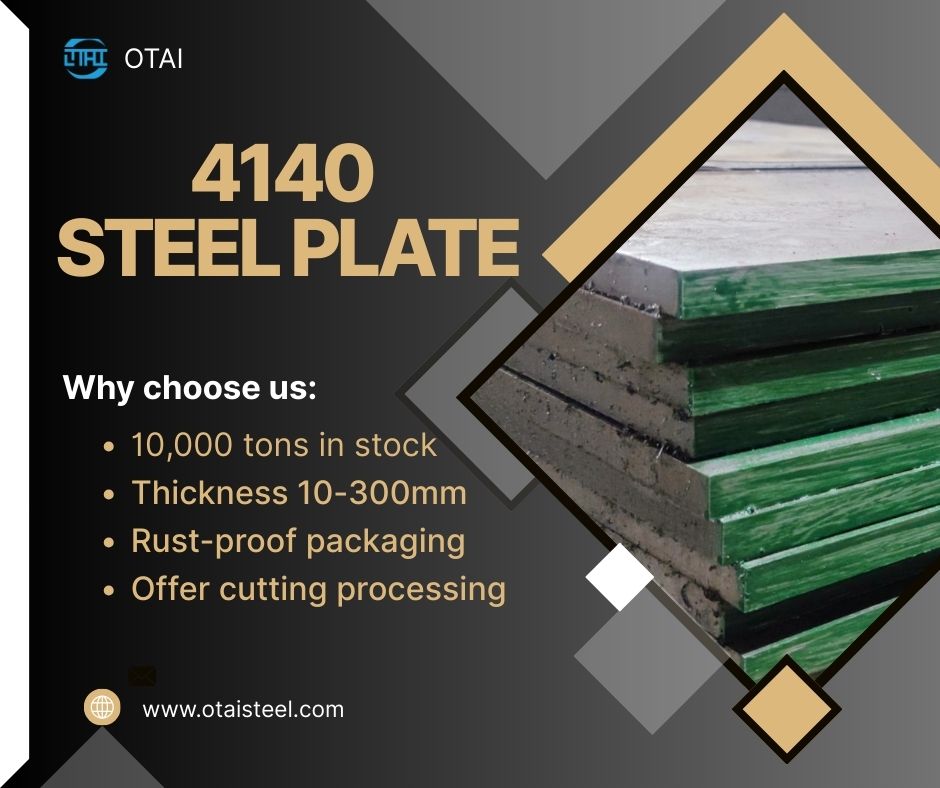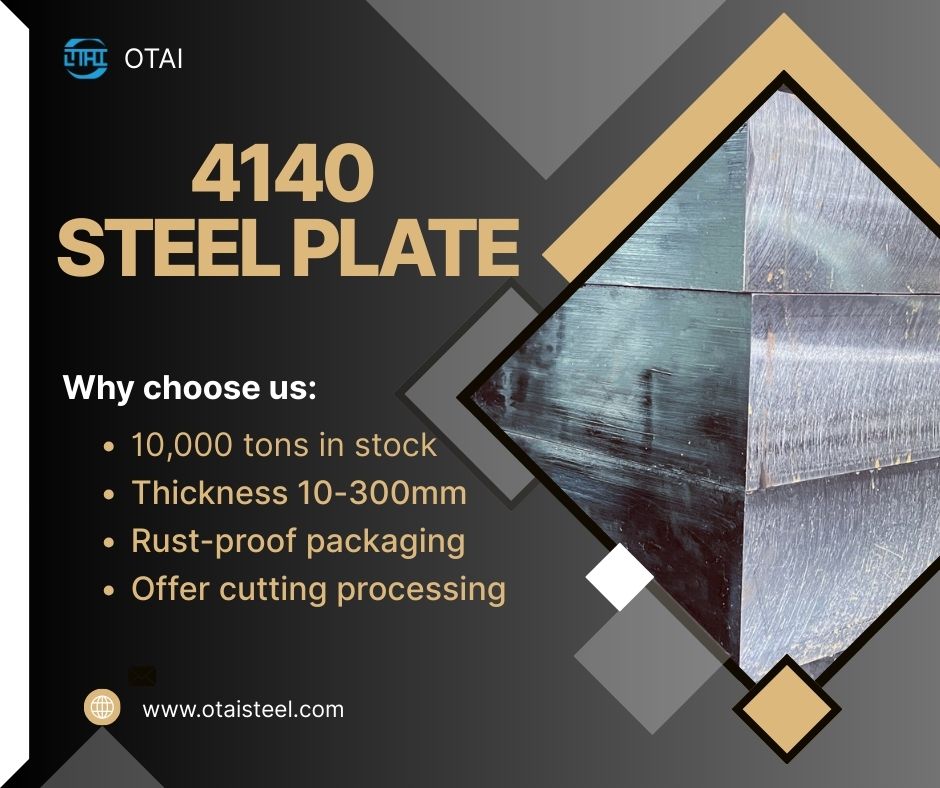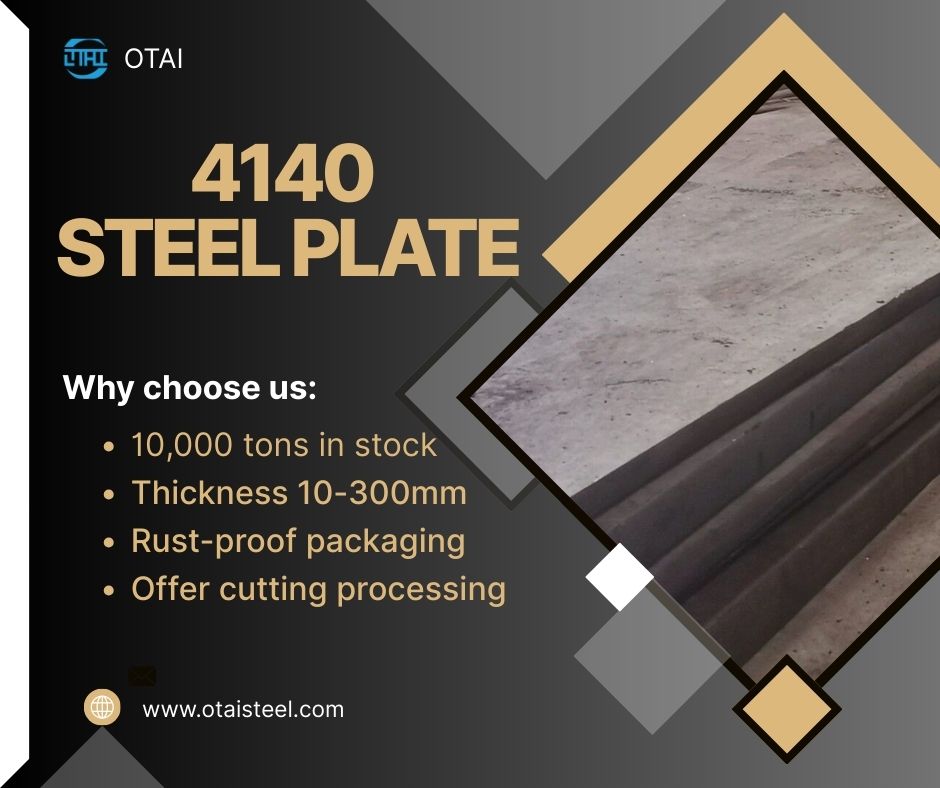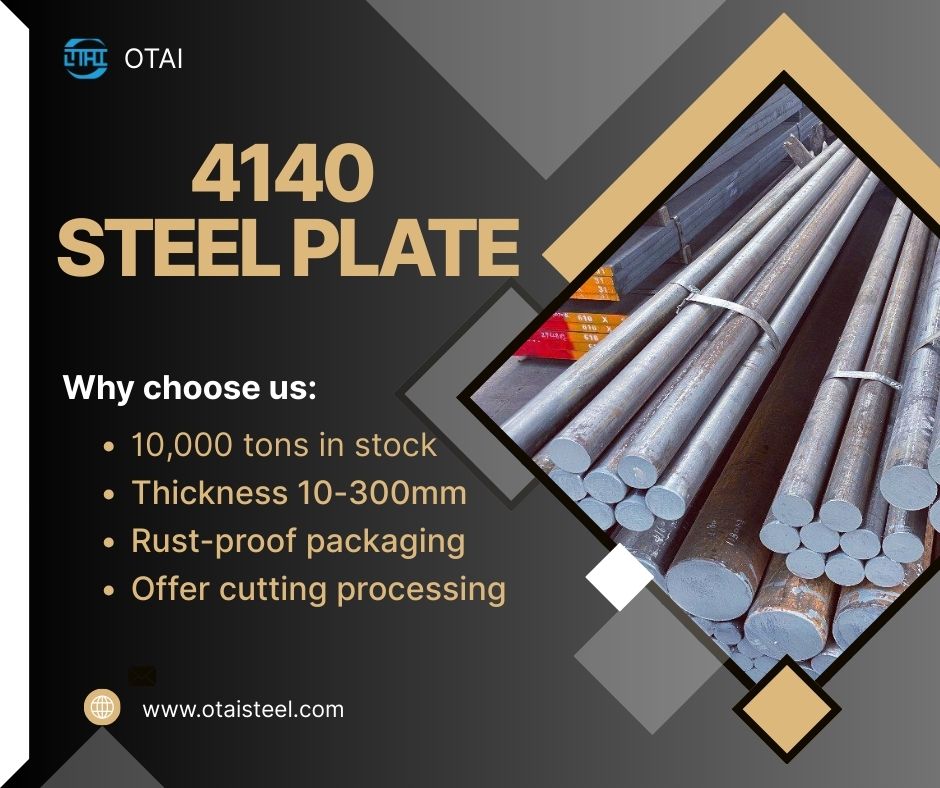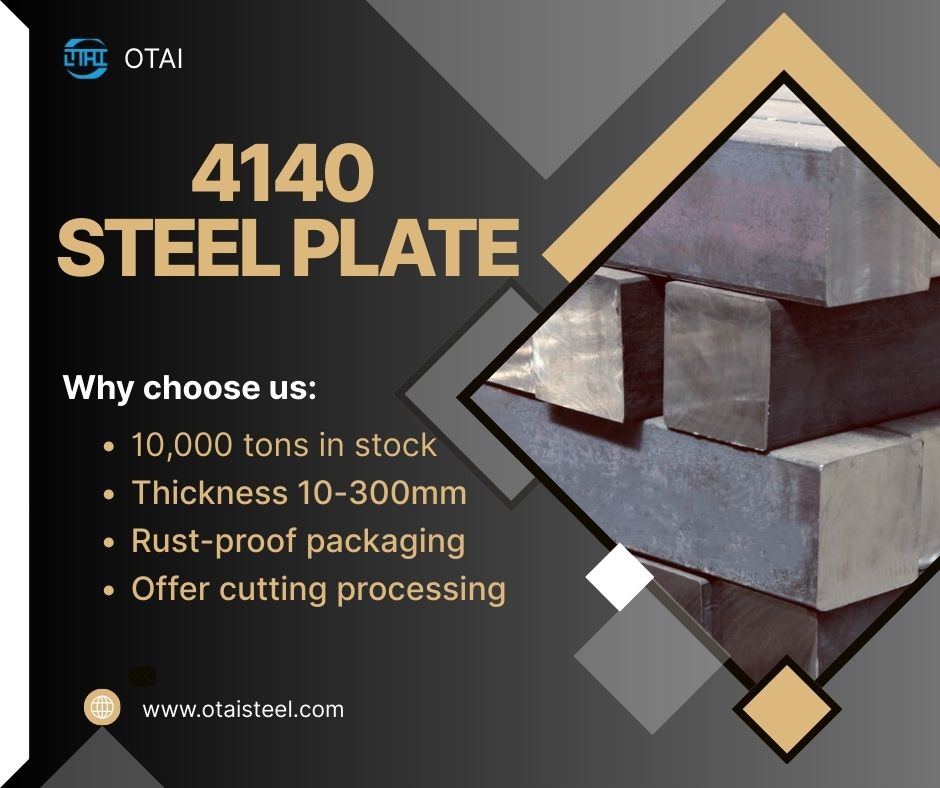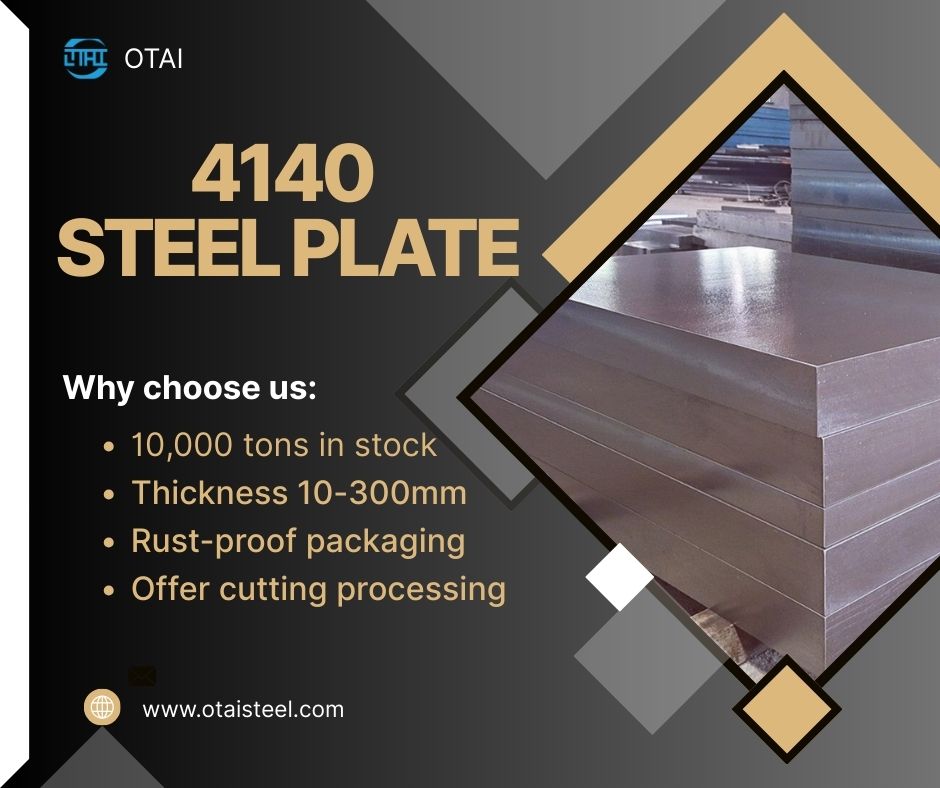 Understanding 4140 steel density
Understanding 4140 steel density
When working with alloy steels, knowing their density isn’t just trivia—it’s a critical factor in material selection, weight calculations, and cost estimation. For engineers, machinists, and buyers, understanding 4140 steel density can mean the difference between a balanced design and weighty, underperforming component.
Today, we’ll break down the exact numbers, how to calculate the weight of 4140 steel per meter, and why density matters for machining, shipping, and structural performance.
🧪 What Is 4140 Steel?
4140 steel is a chromium-molybdenum alloy steel known for its excellent strength, toughness, and wear resistance. It’s used in applications ranging from gears and shafts to drill collars and tooling equipment.
While its mechanical properties are often the focus, the density of 4140 alloy steel plays a key role in determining its mass-to-strength ratio—especially in industries like aerospace, automotive, and oil & gas, where weight directly impacts performance and cost.
📏 Exact 4140 Steel Density
In most reference standards, 4140 steel material density is listed as:
| Unit of Measurement | Density Value | Notes |
|---|---|---|
| g/cm³ | 7.85 g/cm³ | Common engineering reference |
| kg/m³ | 7,850 kg/m³ | Used for bulk weight calculations |
| lb/in³ | 0.284 lb/in³ | Common in U.S. manufacturing |
| lb/ft³ | 490 lb/ft³ | For larger volume estimates |
This value can vary slightly depending on heat treatment, alloy variation, and impurity levels, but in practice, engineers use the nominal density of 7.85 g/cm³.
⚖️ Why Density Matters in 4140 Steel Applications
The 4140 steel specific gravity directly impacts:
-
Weight per Part – Essential for load-bearing applications.
-
Transportation Costs – Heavier materials cost more to ship.
-
Structural Balance – Prevents imbalance in rotating machinery.
-
Cost per Unit – Price is often linked to material volume × density.
For example, knowing the 4140 steel weight per cubic inch helps CNC shops determine whether a part will exceed machine capacity before production begins.
🔢 How to Calculate 4140 Steel Weight
Here’s the formula to determine 4140 steel weight per cubic foot or per meter:
Weight = Volume × Density
Example for a round bar:
-
Diameter: 50 mm (0.05 m)
-
Length: 1 m
-
Volume = π × (0.025 m)² × 1 m = 0.001963 m³
-
Weight = 0.001963 m³ × 7,850 kg/m³ ≈ 15.4 kg
📊 Quick Reference – 4140 Steel Weight per Meter
| Shape | Size Example | Volume (m³) | Weight (kg/m) |
|---|---|---|---|
| Round Bar | Ø 25 mm | 0.000491 | 3.85 |
| Round Bar | Ø 50 mm | 0.001963 | 15.4 |
| Square Bar | 50 × 50 mm | 0.0025 | 19.6 |
| Plate | 10 mm thick, 1 m wide | 0.01 | 78.5 |
Knowing how to calculate 4140 steel weight makes it easier for procurement teams to price bulk orders and for engineers to assess load capacity.
🔍 Does Heat Treatment Affect 4140 Steel Density?
Heat treatment changes microstructure, hardness, and toughness, but its effect on 4140 steel density g/cm3 is minimal. The atomic packing doesn’t shift enough to cause a measurable density change. That means you can use the standard value for density of 4140 alloy steel regardless of whether it’s annealed, normalized, or quenched & tempered.
🏭 Real-World Example – Oilfield Component
An oilfield supplier in Texas needed to estimate the weight of 4140 steel per meter for long drill shafts to ensure the total load wouldn’t exceed rig capacity. Using the formula above, they calculated shipping weight within 0.5% accuracy, avoiding costly overloading penalties.
💡 Key Takeaways for Engineers and Buyers
-
Standard Density: ~7.85 g/cm³ (490 lb/ft³)
-
Weight Calculation: Volume × Density
-
Applications: Critical in load, cost, and transport analysis
-
Long Pieces: Use 4140 steel kg/m3 for quick per-meter weight estimation
-
Heat Treatment: Does not significantly affect density
🏢 Company Advantages – Why Buy 4140 Steel from Otai Special Steel
-
📦 Massive Inventory – Over 10,000 tons in stock (6mm–300mm thickness)
-
⚙️ Custom Cutting & Machining – To your exact specifications
-
🔥 Heat Treatment Services – Annealed, normalized, quenched & tempered
-
📜 Full QC Reports – Chemical & mechanical testing included
-
🌍 Global Delivery – Fast shipping to over 50 countries
-
🤝 Trusted by Industry Leaders – Thyssenkrupp, Borealis, Schlumberger
❓ FAQ – 4140 Steel Density
Q1: What is the exact density of 4140 steel?
A1: Approximately 7.85 g/cm³ or 490 lb/ft³.
Q2: Does heat treatment change 4140 steel density?
A2: Not significantly—it stays very close to the nominal value.
Q3: How do I calculate 4140 steel weight per cubic foot?
A3: Multiply the volume in ft³ by 490 lb/ft³.
Q4: Can density vary between suppliers?
A4: Slightly, due to alloying variations, but usually within ±1%.
Q5: Is 4140 steel heavier than mild steel?
A5: The density is nearly the same, but 4140 offers far superior strength.
